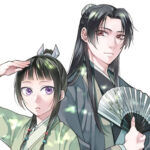Anime, despite being a niche community, encompasses various sub-groups known as anime demographics. Among these, Shojo, Josei, Shonen, and Seinen are the most prominent. Within these categories, standout series often embody the defining traits of their respective demographics.
An exemplary case is the widely acclaimed anime “Attack On Titan,” which has firmly established itself within the Shonen demographic. However, it has also ventured into Shojo, achieving surprising and significant success.
The success of “Attack On Titan” translated into considerable profits from Blu-ray sales, leading to the creation of a light novel titled “Attack On Titan: A Choice with No Regrets.” Overseeing this venture was none other than the series’ creator, Hajime Isayama.
Eventually, in 2013, the story from the light novel was adapted into a manga, finding its home in the Shojo magazine ARIA. This move not only brought attention to the manga but also elevated ARIA magazine’s standing within the industry.
The manga’s immense success paved the way for the production of two OVAs (original video animations), which aired in 2014 and 2015. These OVAs delved into a spin-off story centered around two pivotal characters from “Attack On Titan,” shedding light on their true nature.
Through this spin-off, the evolving landscape of demographics became apparent, hinting at what the future of Shojo anime could entail.
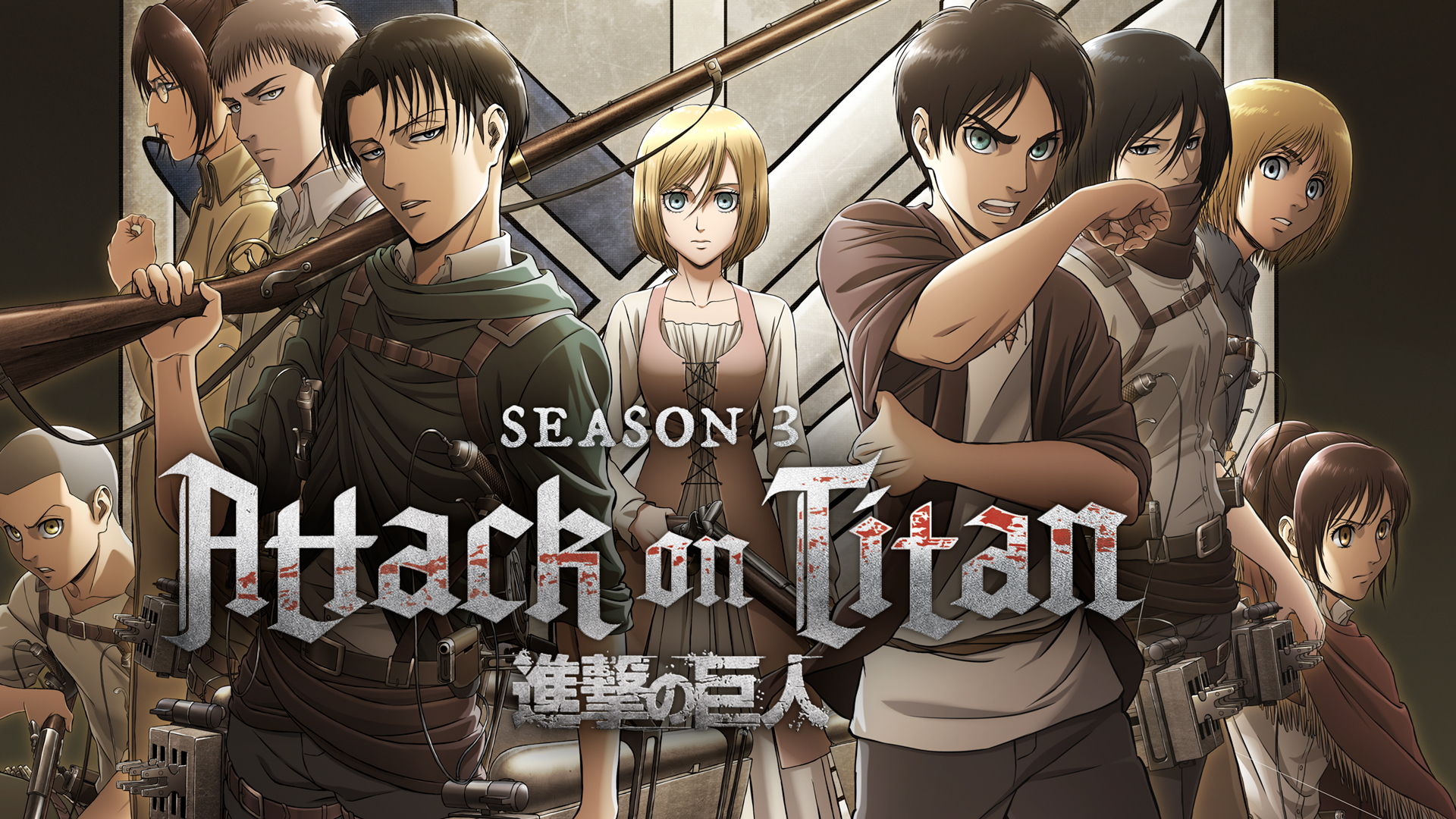
The spin-off “Attack On Titan: A Choice With No Regrets” delves into the history of Levi Ackerman and Erwin Smith, pivotal characters from the main series, providing insight into their lives before Levi joins the Survey Corps.
In this narrative, Levi, known to fans as the stoic Captain of the Scouting Legion, finds himself in the slums of the Underground, leading a criminal organization with his friends. Meanwhile, Erwin holds vital documents linked to anti-expedition faction leader Nicholas Lobov.
The plot thickens when Levi and his friends are tasked with assassinating Erwin to retrieve the incriminating documents. In return, Lobov promises them citizenship aboveground.
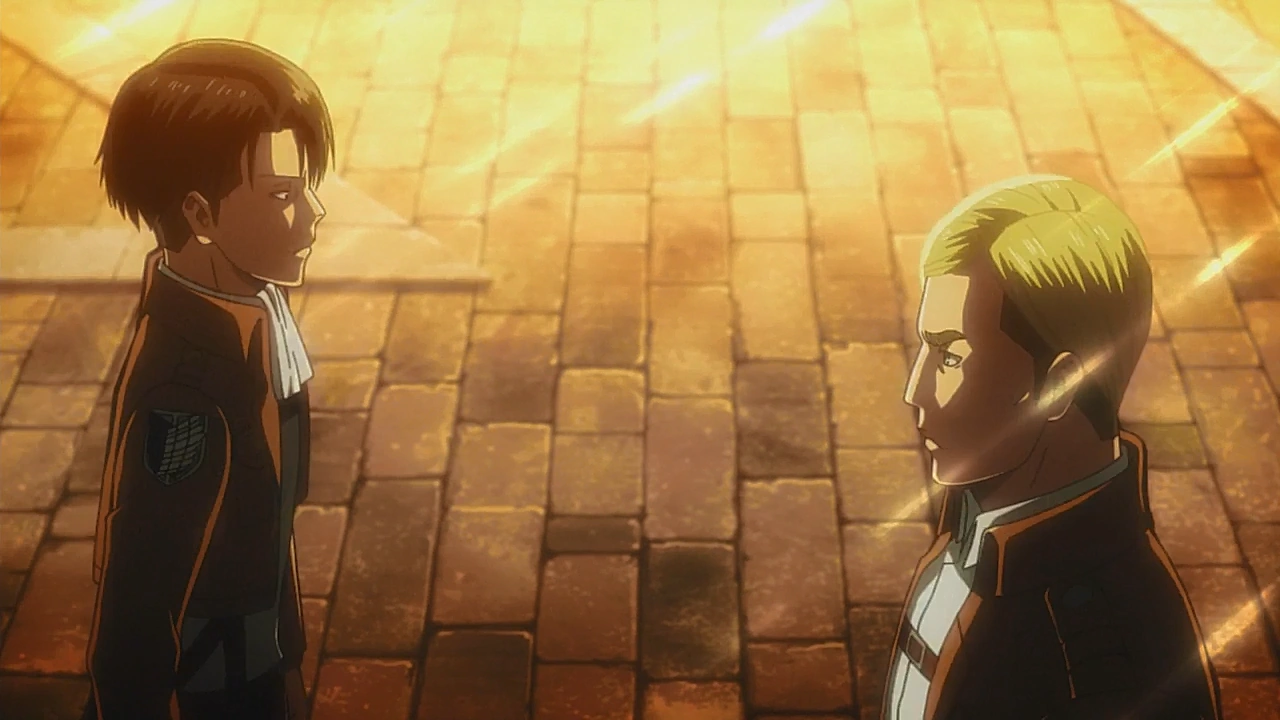
While fans may anticipate the general direction of the storyline, the heart of “A Choice With No Regrets” lies not in the events themselves, but in the evolving relationship between Levi and Erwin.
The narrative shines a spotlight on their budding camaraderie and character dynamics, exploring the significance of their partnership.
Their initial encounter is marked by mutual admiration rather than hostility, setting the stage for a transformative journey. This pivotal moment alters Levi’s trajectory significantly, shaping him into the character fans know from the main series.
At its core, “A Choice With No Regrets” is a tale of friendship, freedom, crime, and redemption, intricately woven around the dramatic interplay between Levi and Erwin. This emphasis on relationship dynamics and drama provides insight into why such a narrative, despite being rooted in the Shonen genre, found its place in a Shojo magazine.
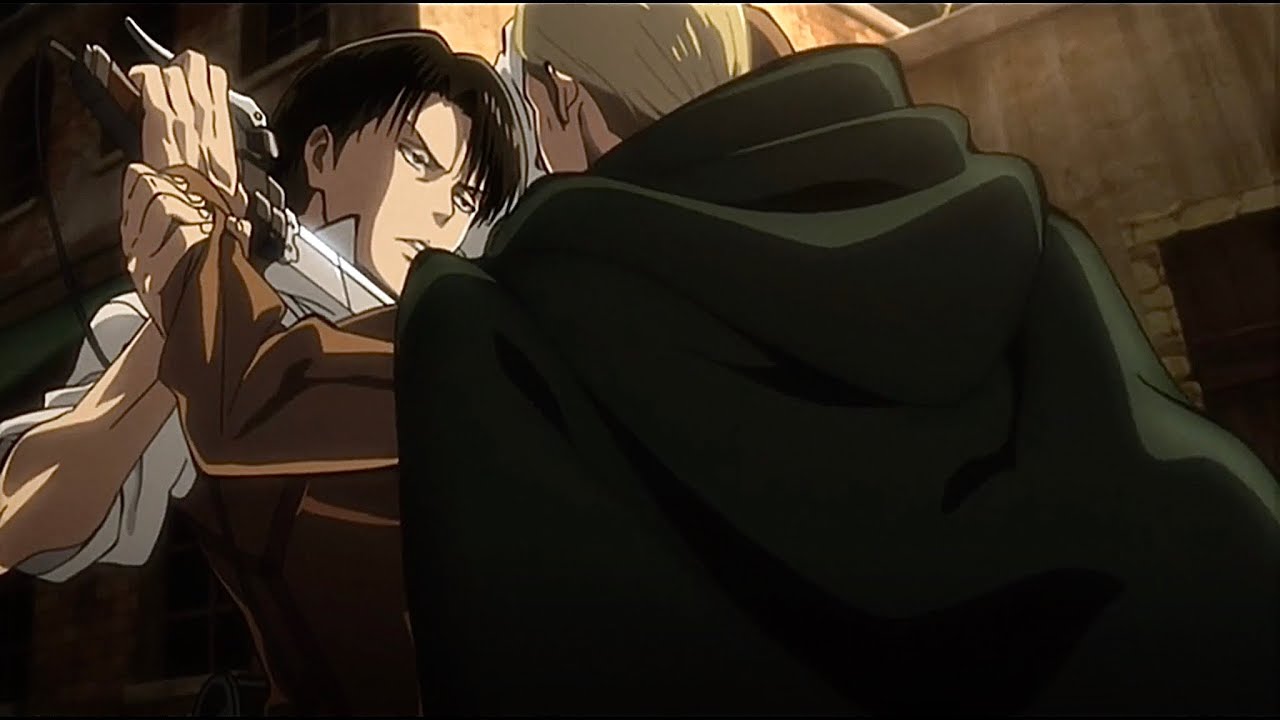
Understanding the Distinctions Between Shojo and Shonen
Over the years, anime demographics such as Shojo and Shonen have become synonymous with specific expectations and tropes, leading to the rise of certain series that serve as quintessential examples of each demographic.
Shojo, for instance, is best known for beloved series like Fruits Basket, Sailor Moon, Ouran High School Host Club, and Kimi Ni Todoke, while Shonen boasts iconic titles such as Fullmetal Alchemist, Demon Slayer, Naruto, and the immensely popular Attack On Titan.
Shojo narratives often revolve around romance between youthful characters, featuring love triangles, and are frequently set in high school environments. Female protagonists typically take the lead role, with themes of love, friendship, courage, coming-of-age, and sometimes family or career being prevalent.
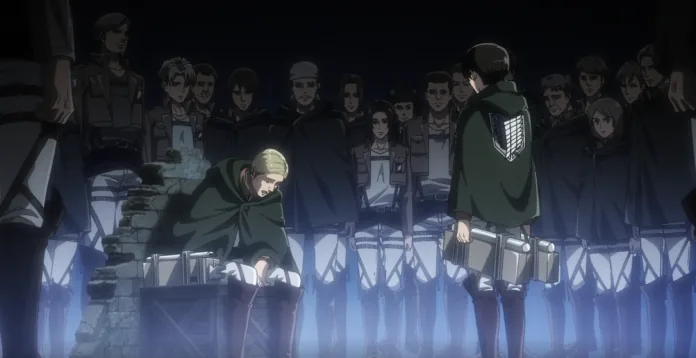
While Shojo predominantly spotlights romance, drama, and comedy, the introduction of the Magical Girl sub-genre has injected action into the demographic.
On the other hand, Shonen is renowned for its blend of action, comedy, and occasional romance, with recent years seeing darker tones of horror or drama being incorporated.
These stories typically follow an unexpected protagonist with remarkable abilities or resilience, most commonly male. Power-scaling tropes are a staple of the Shonen series, often leading to epic battles.
Themes of coming-of-age, competition, friendship, inner strength, courage, and family are central to Shonen narratives, which encompass a wide array of genres, including historical settings, more frequently than the Shojo series. Fantasy stands out as the dominant genre among popular Shonen anime.
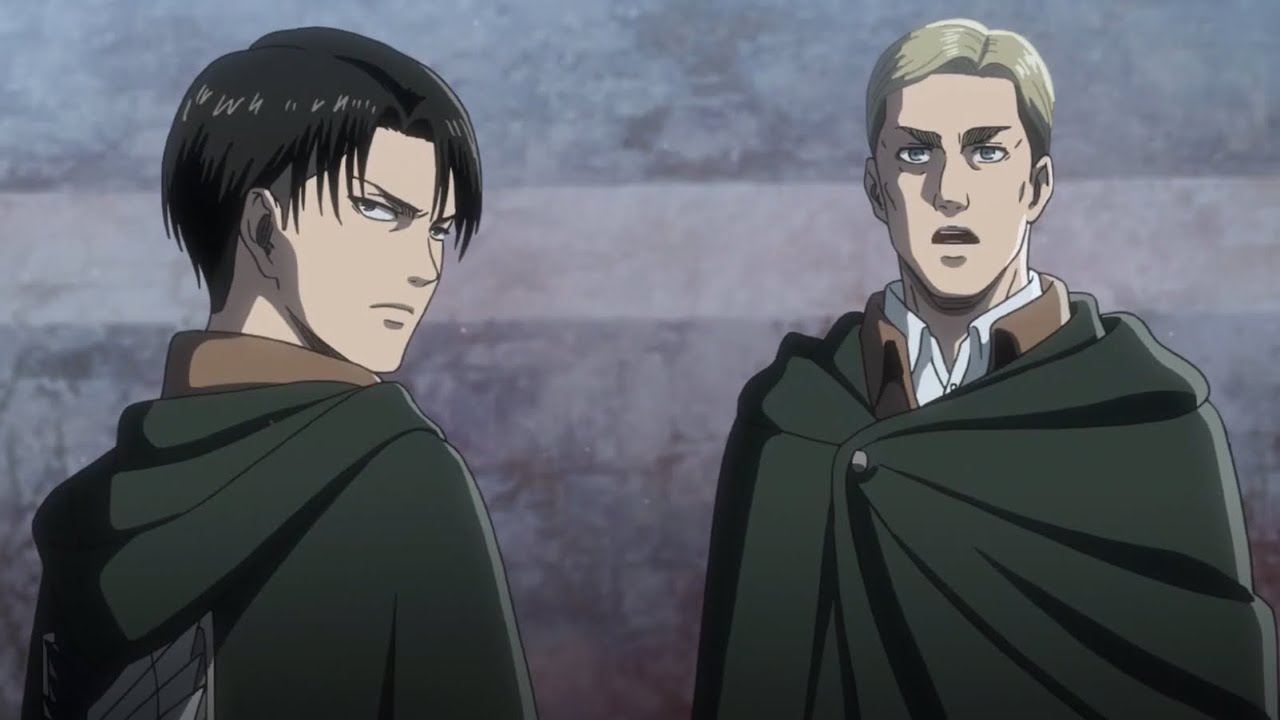
Despite the clear distinctions between the Shojo and Shonen series, confusion arises when certain stories that fit one demographic are labeled under another. The primary reason behind the categorization of anime into specific demographics lies in the manga publishing industry.
Manga series are released in magazines categorized under demographics such as Shojo, Shonen, Seinen, and Josei, each catering to a specific age and gender demographic.
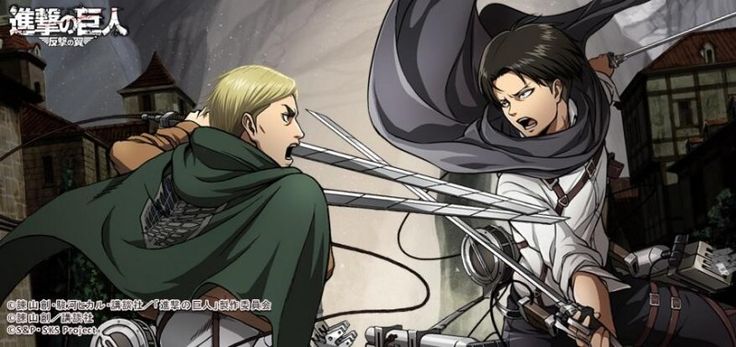
Shojo magazines target girls aged approximately 8-18, while Shonen magazines cater to boys within a similar age range. This segmentation mirrors practices in the toy market, where advertising is tailored based on gender and age, with manga crafted with audience sales in mind.
The practice of customer segmentation, as outlined by the University of Houston, involves dividing a target market into smaller groups based on shared characteristics, including demographics, psychographics, geography, and behavior.
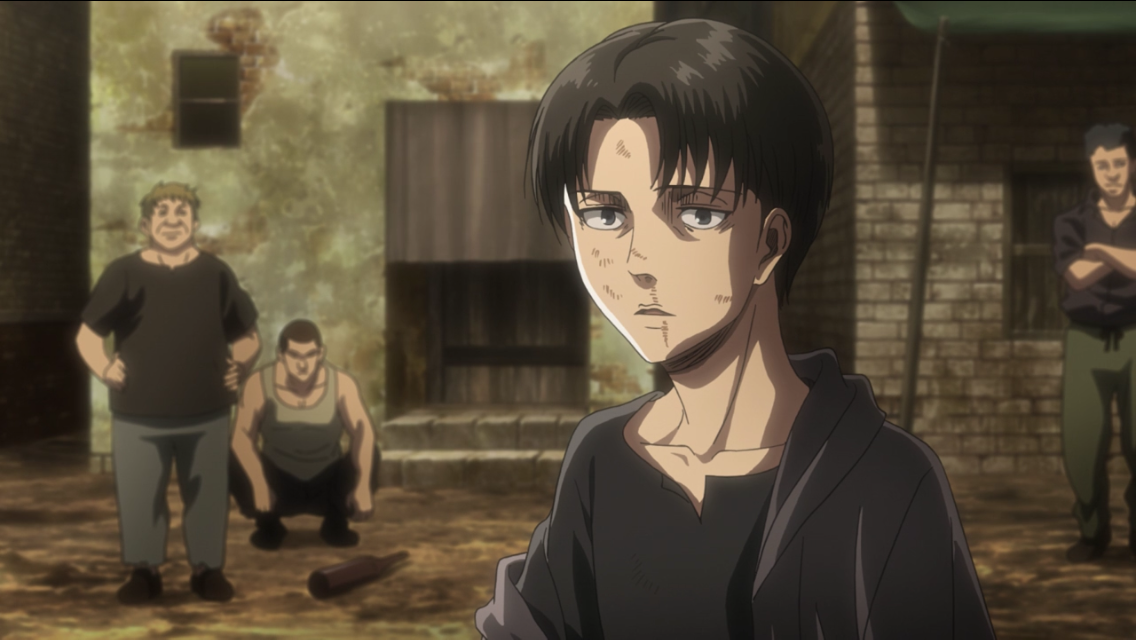
This strategy enables businesses to customize their products or services, distribution channels, pricing, and marketing messages to meet the specific needs of distinct customer groups. Ultimately, it’s a data-driven approach aimed at maximizing sales.
However, adherence to marketing norms doesn’t preclude the possibility of breaking the mold in manga storytelling.
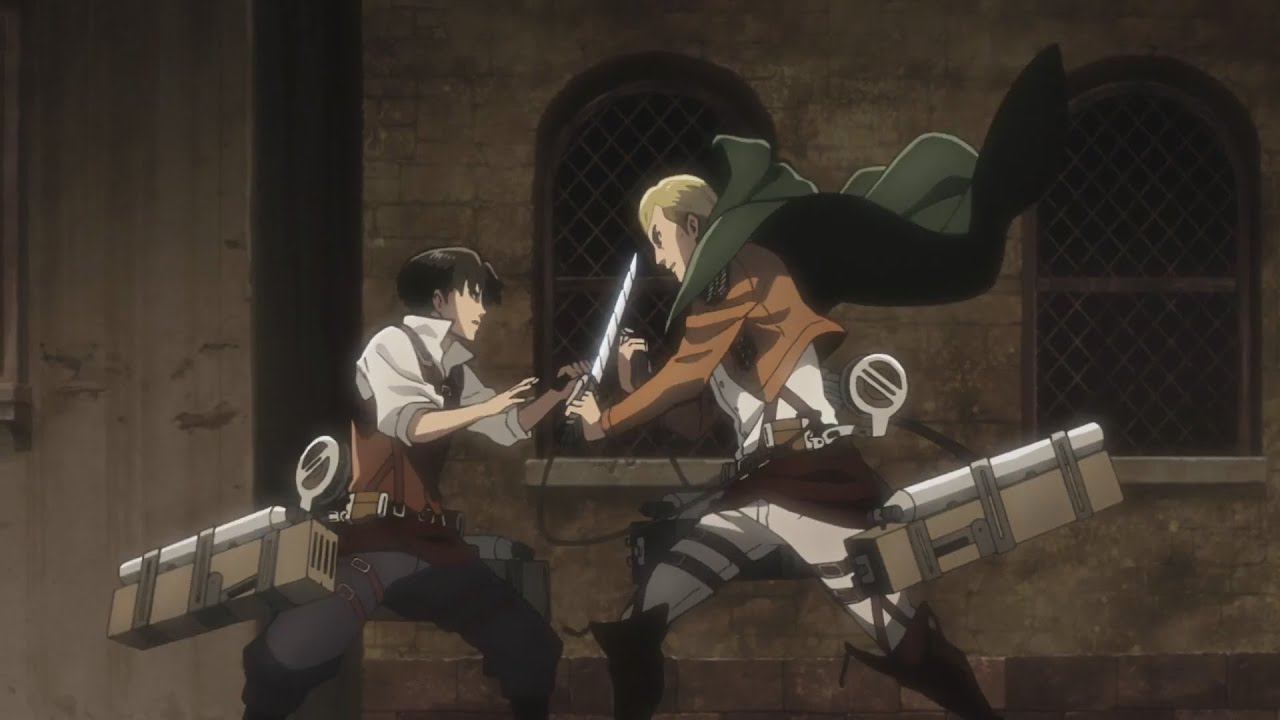
Several series have defied convention and achieved success, such as the psychological drama Banana Fish, a highly acclaimed Shojo series, and Your Lie In April, an unexpected romantic drama with a significant following among Shonen audiences.
These atypical series have managed to find a balance that resonates with their respective markets while offering unique narratives, demonstrating that it’s possible to thrive outside traditional genre boundaries.
Attack On Titan’s spin-off venture into Shojo publishing serves as another example of breaking conventions, further underscored by the franchise’s immense success within the Shonen demographic.
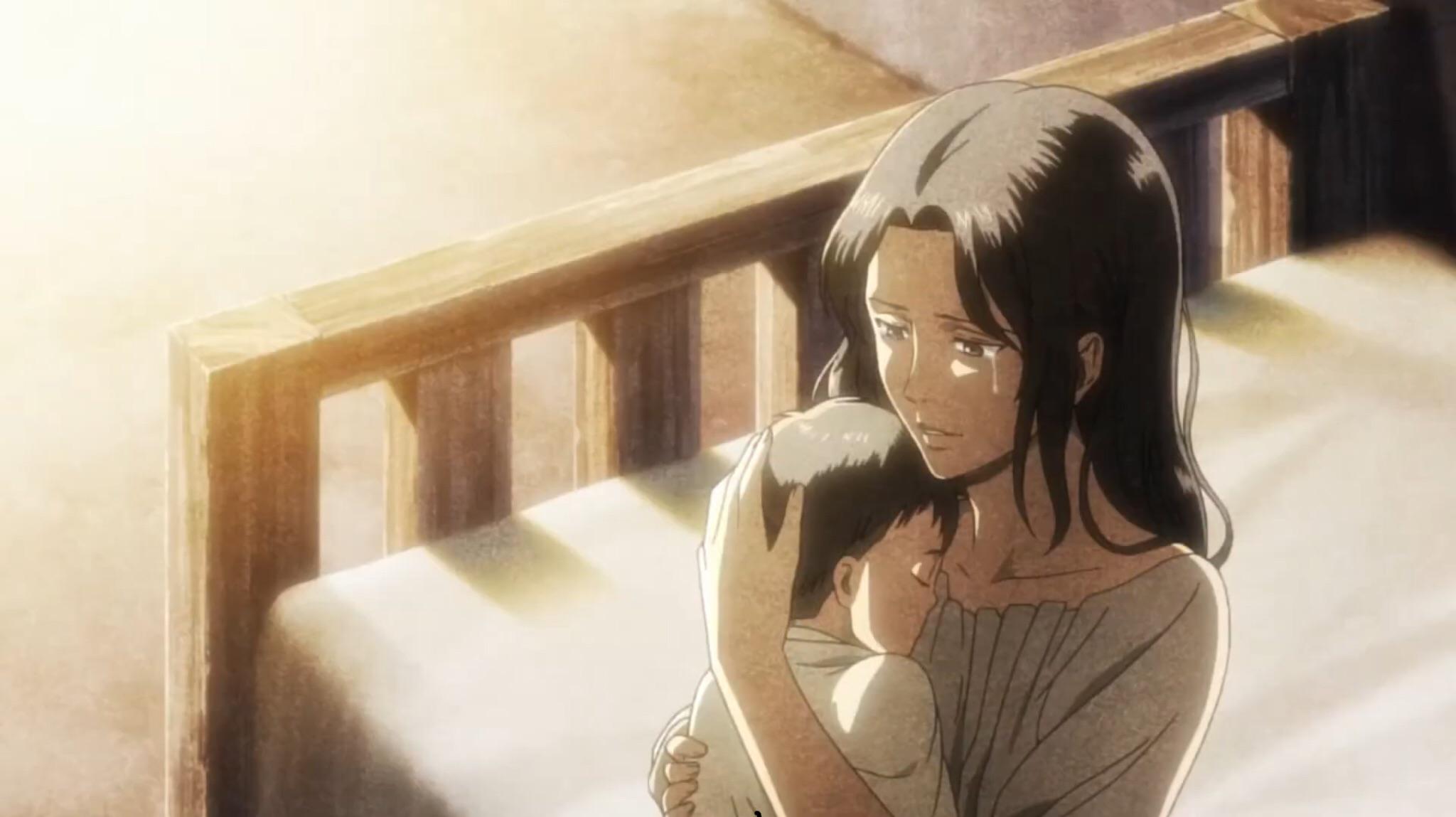
Attack On Titan is making waves in unexpected territory with a bold move into the shojo market. The journey began with a light novel spin-off bundled with the first press release of the anime’s 6th Blu-ray volume, focusing on the intriguing history of Levi and Erwin.
Initially targeted at die-hard AOT collectors, the story took a new direction when it found its home in ARIA magazine, a publication known for its eclectic mix of titles, ranging from the atypical to the traditional shojo manga.
“Attack On Titan: A Choice With No Regrets” found its niche in ARIA, tapping into two major selling points of the shojo series: a focus on relationships and attractive male characters. This spin-off resonated with a shojo demographic, mirroring the appeal of the shonen series with their focus on attractive female characters.
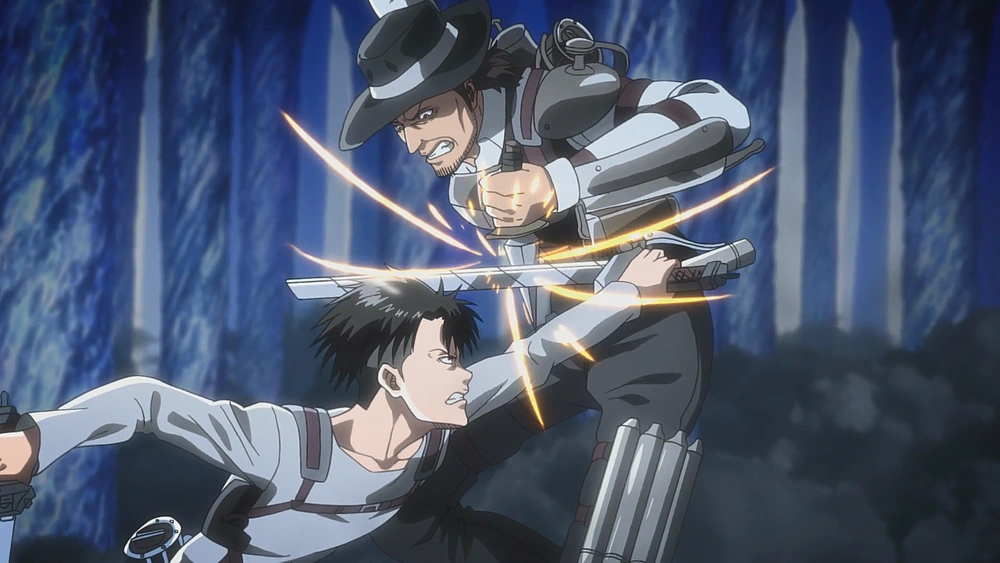
The success was evident from the get-go, with the November issue of ARIA flying off the shelves and prompting reprints due to overwhelming demand. In fact, it quickly became the magazine’s most profitable series.
While some might see this move as a risky gambit, it’s not entirely unprecedented in manga. “Neon Genesis Evangelion,” originally a shonen manga, also ventured into shojo territory with its spin-off series “Campus Apocalypse” in Asuka magazine.
However, it didn’t quite achieve the same level of success, possibly due to factors such as the absence of the original creator’s involvement and a premise too distant from the original.
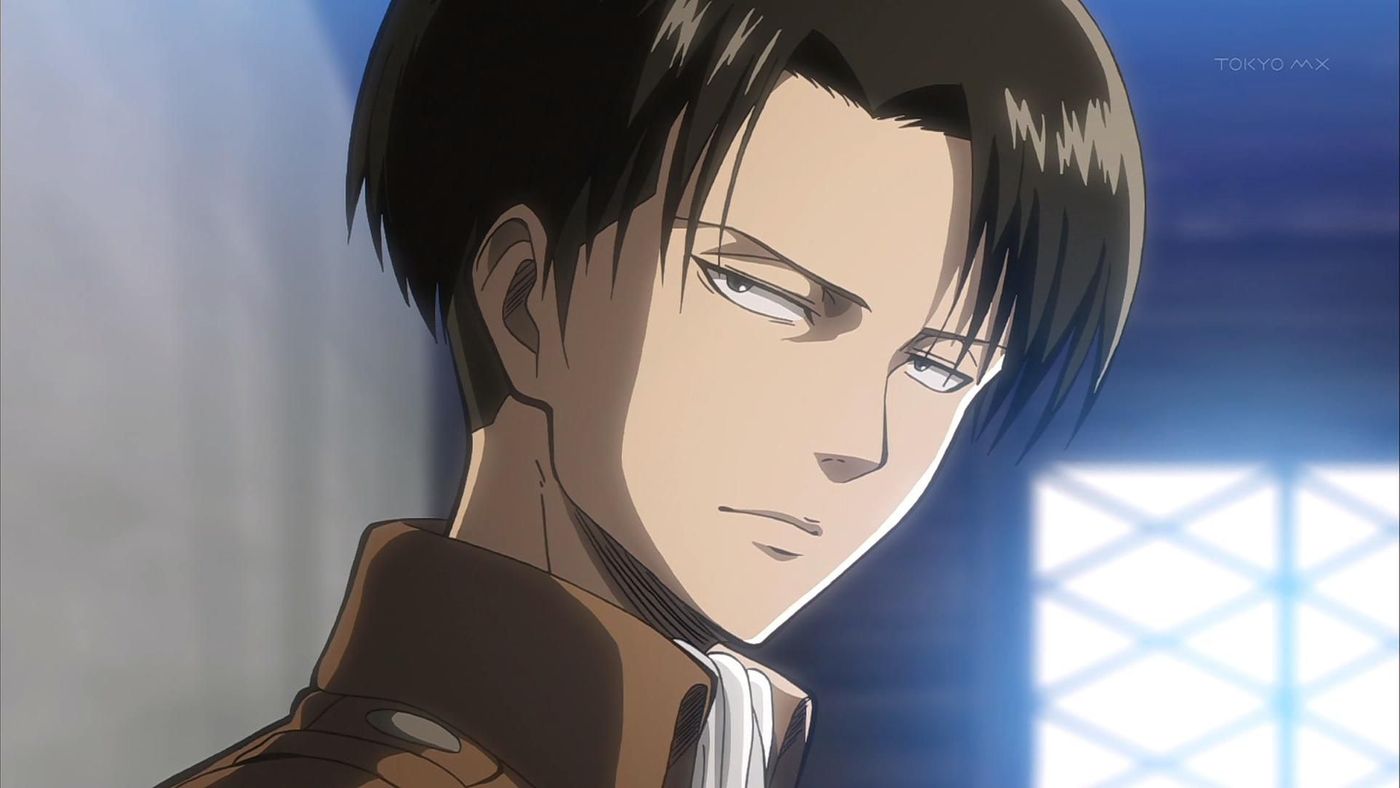
The triumph of “Attack On Titan: A Choice with No Regrets” can be attributed to several factors, including the close supervision of the original creator, Isayama, ensuring a faithful representation of the series.
Moreover, involving AOT fans early on, such as with the light novel, helped build anticipation and support for its eventual release in ARIA.
This move not only benefits the AOT franchise but also opens doors for shojo manga. By introducing Shonen fans to shojo titles alongside “A Choice with No Regrets,” ARIA potentially gains a long-term boost in sales.
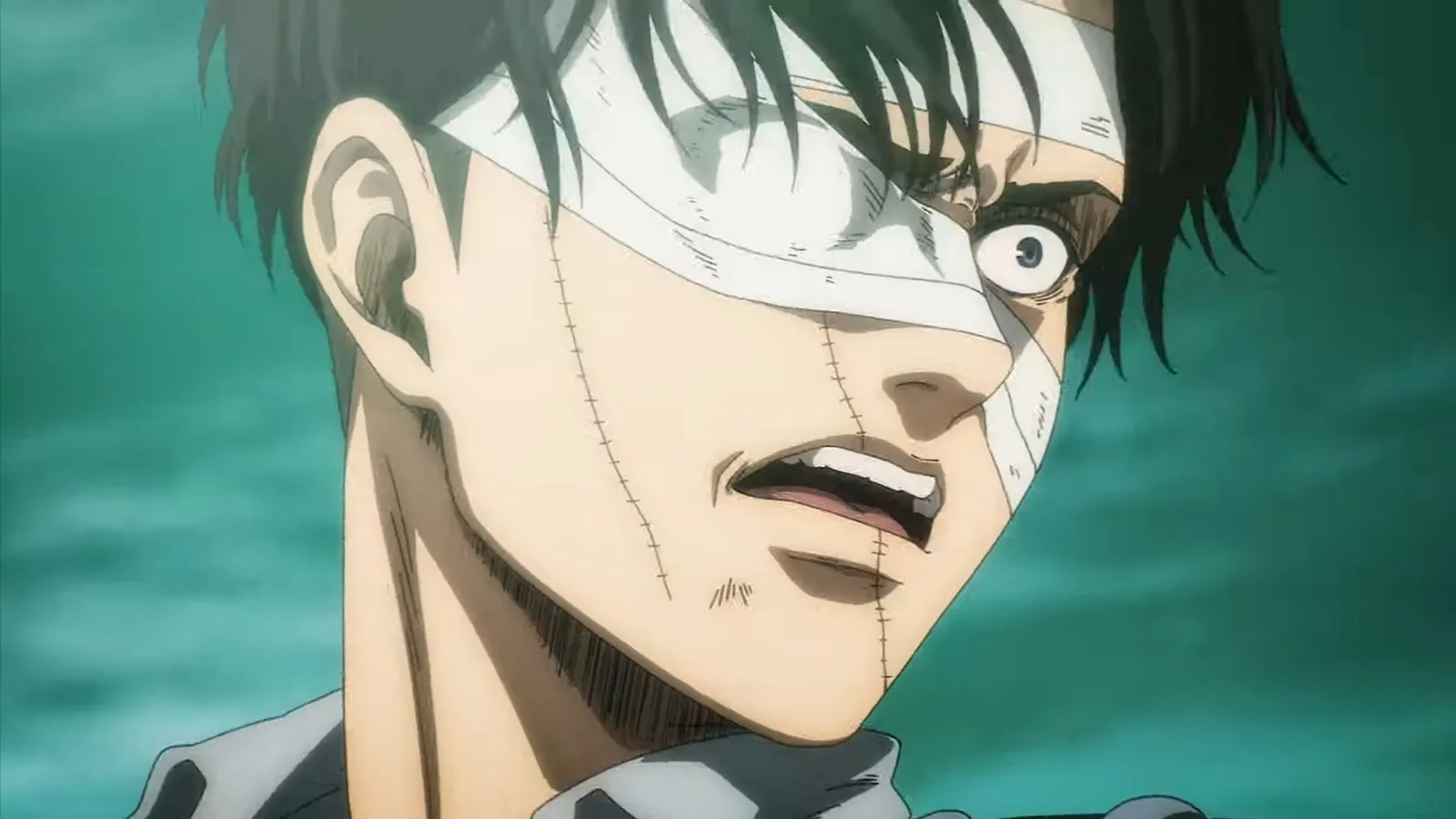
Moreover, it challenges the conventional demographics associated with the shojo series, expanding the scope of what these stories can encompass.
Shojo manga has traditionally offered less variety compared to shonen, but recent years have seen a rise in subversive titles like “Yona of the Dawn” and “My Next Life as a Villainess: All Routes Lead to Doom!”
The success of “Attack On Titan: A Choice With No Regrets” signals a shift in the industry, advocating for more unique stories that defy traditional marketing boundaries and cater to a diverse anime community.



